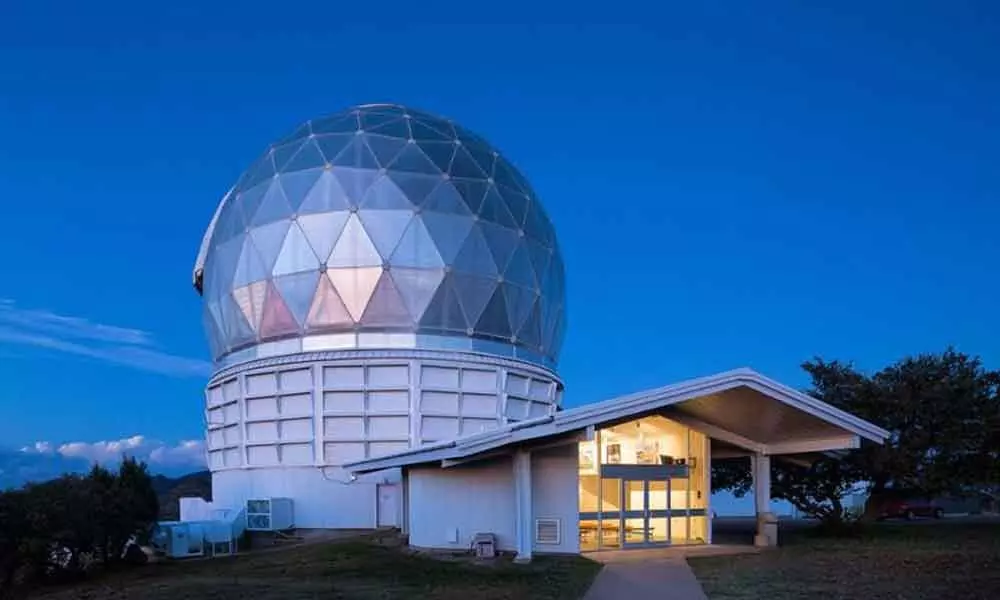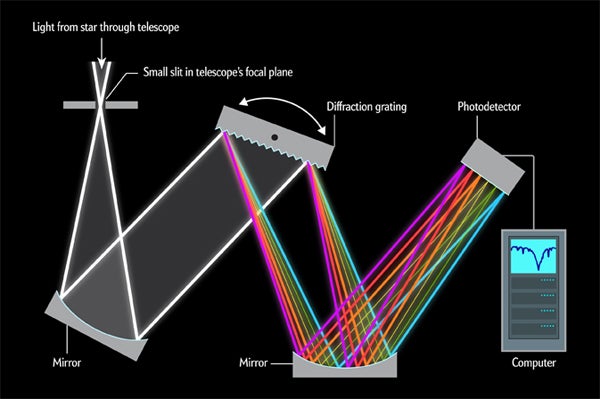Note4Students
From UPSC perspective, the following things are important :
Prelims level: Habitable-zone Planet Finder (HPF), Spectrograph
Mains level: HPF and its applications

At 100 light-years from Earth, a low-mass star was sending signals in a pattern that suggested that an exoplanet was orbiting the star confirmed the Habitable-zone Planet Finder (HPF).
Habitable-zone Planet Finder
- NASA’s Kepler mission observed a dip in the host star’s light, suggesting that the planet was crossing in front of the star during its orbit.
- To confirm, researchers turned to an instrument called Habitable-zone Planet Finder (HPF). It has confirmed that there is indeed an exoplanet.
- HPF is an astronomical spectrograph, built by Penn State University scientists, and recently installed on the 10m Hobby-Eberly Telescope at McDonald Observatory in Texas.
- The instrument is designed to detect and characterize planets in the habitable zone — the region around the star where a planet could sustain liquid water on its surface — around nearby low-mass stars.
- The newly confirmed planet, called G 9-40b, is the first one validated by HPF. It is about twice the size of Earth and orbits its star once every six Earth-days.
How it works

- A spectrograph is an instrument that splits light into its component wavelengths.
- Scientists then measure the properties of light over a specific portion of the spectrum and draw conclusions on what is responsible for the trends they observe.
Why need HPF?
- Kepler’s observations alone were not enough to confirm a planet. It was possible that a close stellar companion was responsible for the dip in the star’s light.
- Precision spectroscopic observations from HPF ruled out this possibility.
- Shooting a high-power laser into the air, researchers generated a “laser guide star”, and subsequent observations found no evidence of blending of light or other stellar companions.
- Finally, using HPF, an analysis of a set of radial velocities helped provide estimates for the planet’s mass.
Get an IAS/IPS ranker as your 1: 1 personal mentor for UPSC 2024
